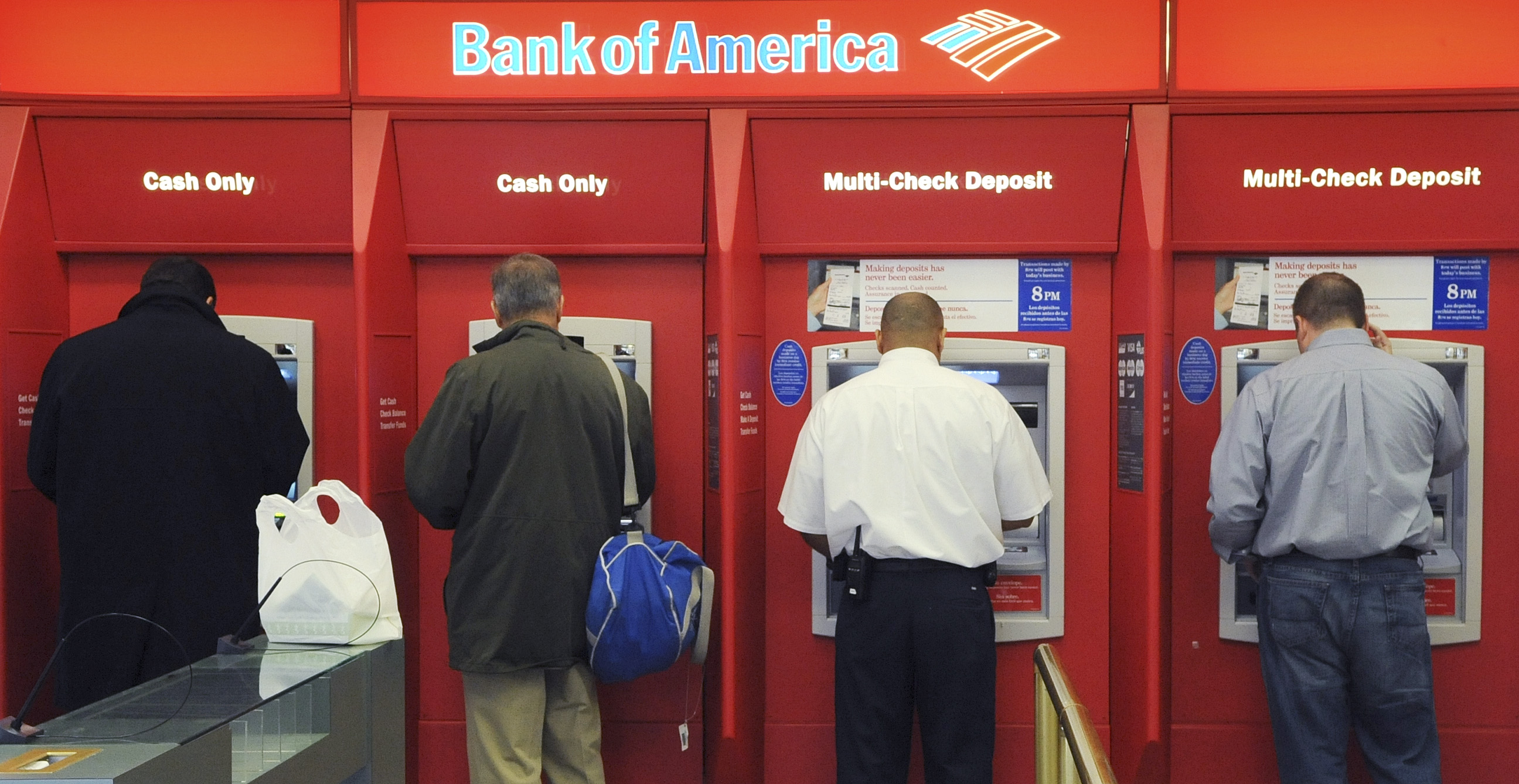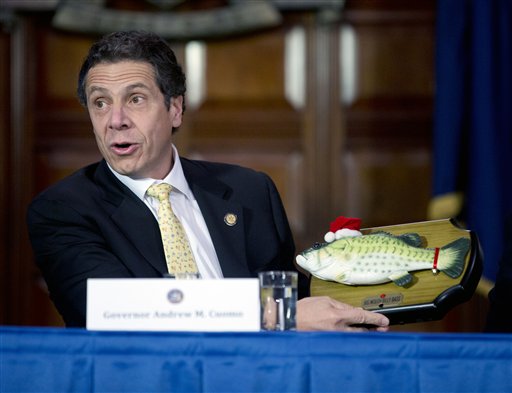
The four Romanians recently accused of stealing debit card information to withdraw more than $200,000 cash from victims’ bank accounts across Nassau County and beyond allegedly used an increasingly common high-tech method that experts say makes up just a fraction of a $10 billion international criminal trade.
Such cases are often sophisticated operations in which scammers install so-called skimming devices and hidden wireless mini-cameras on bank ATMs to steal victims’ account information and personal information number (PIN). The stolen account information is later transferred onto blank, or “cloned,” gift cards that the scammers use to withdraw funds from victims’ bank accounts or make purchases—often weeks after the theft and across state lines, making such crimes tougher to track.
“They run these scams like clockwork,” said Tom Patterson, chief security officer at California-based MagTek, a company that makes the devices that translate the encrypted information within magnetic strips on debt and credit cards. “Wherever there are people with money that use plastic, this theft is going on and it’s only getting worse every day.”
Authorities have been trying to warn the public on how to protect themselves from these types of crimes, which first popped up in the ’90s but has been on the rise lately. Card users can thwart such potential high-tech thefts using a low-tech defense: shielding the keypad when entering the PIN on an ATM just in case there is a hidden camera.
“It appears to the untrained eye to be a natural part of the machine,” Chief of Department Steve Skrynecki said at a recent news conference, referring to the concealed skimming devices and pinhole cameras that thieves use. The skimmer is installed over the real card reader while the camera is affixed to an adjacent panel or secreted in a pamphlet rack.
When authorities executed a search warrant Aug. 25 on the latest suspects’ Queens operation after a year-long investigation, they tried to throw the skimmers, tools and computers used to re-encrypt the new cards out the window before investigators could seize it, police said.
Those arrested include Gheorghe and Codruta Constantin of Whitestone, Sorin Mircea Braester of Elmhurst and Redford Odina of Ridgewood. They were each charged with grand larceny, duplication of computer material and scheme to defraud, among other charges.
They allegedly stole between $500 and $1,000 at a time from hundreds of accounts with info gleaned from more than 50 banks in the Tri-State area, most of them at Bank of America ATMs. Authorities were tipped off by the bank after customers reported that they were missing money.
“They counted on the police department not being able to get it together,” said Nassau County Assistant District Attorney Diane Peress, chief of the economic crimes bureau. Nassau authorities worked with the U.S. Secret Service, New York City police, Queens prosecutors and Greenwich, Conn. police.
Three men admitted to running a similar scam in Merrick in March. Suffolk County police are investigating whether a suspect arrested by Mount Vernon police may be responsible for some skimming cases on eastern Long Island.
“It’s a real tough case to investigate,” said Detective Sgt. Stephen Jensen, head of the Suffolk County police Identity Theft Unit. “The victims don’t realize they’re the victim of cloning sometimes until 6-8 weeks after,” he said. “Everyone’s always behind the curve.”
In the Queens case, the suspects tried to cover their tracks by making withdrawals in places like Boston and Chicago.
“With a network of 18,000 ATMs across the country, we’re as susceptible as any other bank to these types of attacks,” said T.J. Crawford, a Bank of America spokesman. He added that customers who fall victim to the scam are reimbursed by the bank, but the bank is not repaid by the Federal Deposit Insurance Corporation.
Patterson, the security chief, said banks should do more to help prevent these types of thefts.
“We’re really pushing hard for an industry wide security change to make sure that the retailer and the banks that are accepting your card can tell the difference between the real card that was issued to you and any kind of a fake, no matter how it was made,” he said.
“A lot is still relying on the whole payment card industry to do a better job protecting our data when they have it.”







